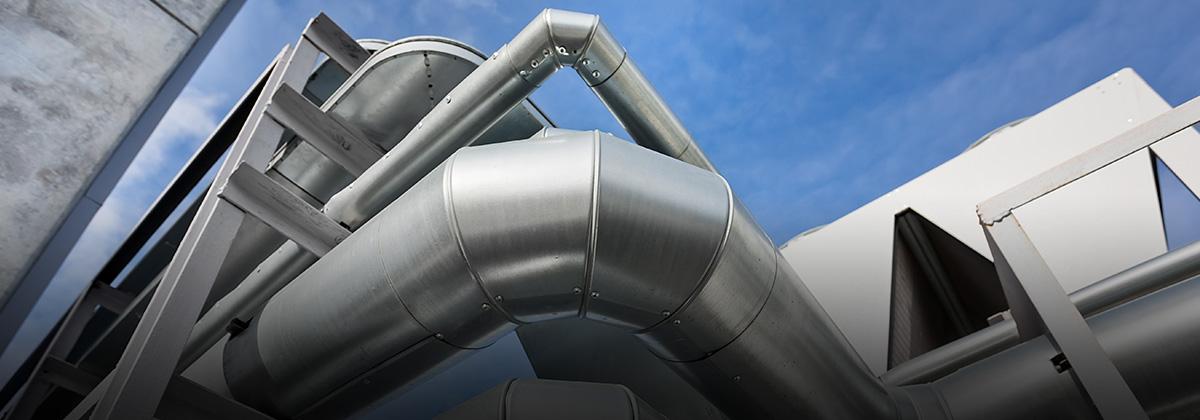In challenging economic circumstances, reviewing your building’s MRO strategy can help food and beverage manufacturers to improve efficiency and make vital savings
With 456,000 people employed in 12,500 businesses, food and drink is the UK’s largest single manufacturing sector. In 2022, it contributed more than £33 billion to the country’s economy, reports the industry trade body the Food and Drink Federation, making it bigger the automotive and aerospace industries combined.
The food and drink industry is, however, facing challenging times. Inflation, higher interest rates and rising prices, notably increases in price of gas, are taking their toll on a sector where margins are tight and energy use is high. Manufacturers don’t just need to keep lights or even conveyor belts on – there are ovens, chillers and freezers demanding power too.
As Craig Stasik, Industry Sector Manager at RS, points out, as direct costs go up this has a knock-on effect on indirect costs. As firms examine where they can make cost savings and efficiencies, the cost of maintaining their buildings comes into sharper focus.
"Food and beverage companies are under constant pressure"Craig Stasik, Industry Sector Manager, RS
Food and beverage companies are under constant pressure from the consumer, from the supplier and from the brands themselves. Everyone wants cheaper yet better quality and sustainable goods. So there is pressure on the product side and on the process side, while demand is also increasing,” Stasik explains.
This puts the indirect procurement cost of industrial supplies for Maintenance, Repair and Operations (MRO) – a company’s day-to-day purchases of mechanical, plumbing and electrical spares, replacements and components – right at the heart of the food and beverage industry’s current and future cost and efficiency agenda.
"With buildings maintenance, it's important to prioritise MRO requirements"Helen Alder, Head Of Knowledge, Chartered Institute of Procurement & Supply
“With buildings maintenance, it’s important to prioritise MRO requirements (either if you have an in-house facilities management team, or it’s outsourced) so that critical areas, whether that’s lighting, plumbing or air conditioning, that might affect your overall operations can be serviced in a timely manner,” says Helen Alder, Head Of Knowledge at the Chartered Institute of Procurement and Supply. “This comes down to working with suppliers to identify key MRO products and ensuring you have a list of key suppliers that will be able to provide parts as and when you need them.”
MRO procurement is also vital in the context of maintaining the sector’s buildings. This can include keeping the lights on, literally, but also in terms of helping to ensure energy costs are kept down. Energy costs include lighting, heating and water, but also the air used by pneumatic equipment.
“Businesses will look at every element of building efficiency and its energy consumption; part of that should be reviewing how they can work with suppliers like RS to make efficiencies and savings in areas such as HVAC and lighting,” says Stasik.
“Anything to do with building energy consumption which includes HVAC, lighting, electricity, compressed air and water – anything attached to the building really. Part of my role is to assist organisations to become more energy-efficient through the products they place in their buildings,” he adds. “We’re constantly evolving and developing with new technologies. It’s key that we understand these technologies and use them to create value for our customers.”
Which brings us to the importance of putting in place a well-thought-through MRO strategy rather than running on the spot to stand still in procurement terms.
By being more strategic about your MRO procurement, it is possible to streamline procurement processes and bureaucracy. It is also possible to reduce the quantity of suppliers you need to contract with (which can again bring efficiencies around workload and workflow) and gain greater control over your buying price.
MRO purchases often involve “maverick” and spot-buying as engineers or maintenance employees make purchases outside a company’s agreed list of suppliers, often incurring extra time and costs. Alder points out that this is an area that needs to be improved so that companies can keep consistent control of MRO spend on buildings. “Maverick spending on items like light bulbs or new washers may seem innocuous on an individual level,” she explains. “But if it is widespread across your business it’s likely that you won’t be able to keep track of all that spend; you may be paying too much for parts and there’s also the risk that non-branded, inferior parts may be purchased that will have a short lifespan.”
In addition, it’s important to curb the amount of stock you have on site “just in case”. Many of the items that companies buy for their buildings throughout the year are not difficult to source, so it makes no sense to hoard them. A stockroom full of identical light bulbs is taking up valuable space and cash. As Stasik explains: “If you find a trusted supplier, you can work with them to limit the amount of unnecessary stock you hold, which is much more efficient for your business.”
For more on the support available for food and beverage manufacturers, check out our new industry-focused hub
here.





